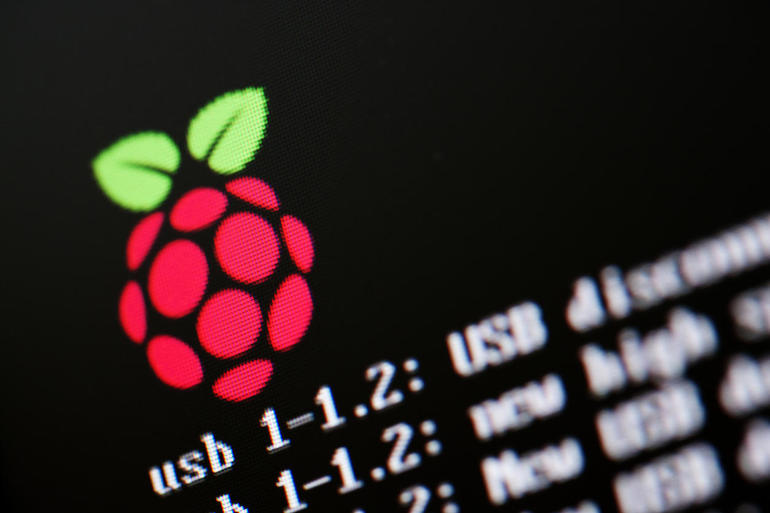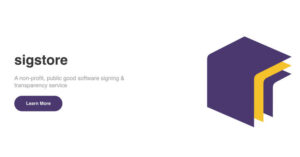New updates have been rolled out to Raspberry Pi’s 32-bit operating system, which is now simply called Raspberry Pi OS.

Forget Raspbian: The Pi’s operating system is now simply called Rapberry Pi OS
Image: urbancow, Rene Mansi / Getty Images
Last week, Raspberry Pi launched an 8GB version of its much-loved Raspberry Pi 4 board, alongside changes to the Linux-based operating system that sees Raspbian renamed Raspberry Pi OS. In addition to the name change, the company announced a 64-bit version of its desktop operating system, which seeks to take full advantage of what the new 8GB Raspberry Pi 4 has to offer.
The 64-bit update remains in beta for the time being while the company irons out the usual kinks that accompany new software releases. In the meantime, Raspberry Pi has also updated the 32-bit version of its Raspberry Pi OS and published a brief overview of what has changed. Here are the highlights.
Magnifier
One area of focus for Raspberry Pi has been improving accessibility for people with visual impairments. This has proven harder than anticipated, with Raspberry Pi finding that most of the magnifying tools currently available to Debian desktops didn’t work as well as hoped.
With that being the case, Raspberry Pi has built a new Magnifier tool from the ground up (or close enough to it). This can now be found by heading to Preferences in the top left corner of the new desktop, followed by Recommended Software, and then by selecting Magnifier under the Universal Access tab.
After rebooting, a magnifier glass icon will appear at the top right of the task bar. You can either click this or hit Ctrl-Alt-M to bring up the Magnifier tool. The magnifier window can follow the mouse cursor across the screen, or be a static window on the screen that can be dragged with the mouse. You can also switch between a circular or rectangular Magnifier by right-clicking on the icon.
In some applications it’s possible to have the magnifier automatically follow the text cursor or the button focus, although Raspberry Pi notes that not all applications currently support the required accessibility toolkit to do so.
SEE: Hiring Kit: Python developer (TechRepublic Premium)
Bookshelf
The latest version of Raspberry Pi’s 32-bit OS brings more visibility to Raspberry Pi Press, the company’s publishing business. This is thanks to Bookshelf, a new storefront for the company’s books, magazines and PDFs that can be found in the Help section of the main menu.
Upon launching Bookshelf, you can view and access Raspberry Pi’s entire back catalogue of free reading material, including The MagiPi, HackSpace and Wireframe magazines. Double-clicking on any title will download a PDF to the Bookshelf folder within the Raspberry Pi home directory.
Bookshelf automatically updates the catalogue with new issues each time you run the application, and will alert you to any new additions to the library upon launch. Raspberry Pi notes that it is in the process of trying to resolve an issue reported by some users who are receiving a “disk full” error when trying to download books from Bookshelf. This seems to only be affecting users running the app on a system not using English as the default language.
User research
The final main addition to the new Raspberry Pi OS update is a questionnaire for user research. While not a software tool in itself, it will help inform future updates to the Raspberry Pi OS and any accompanying features: its main purpose is to give Pi owners a chance to tell the company what they are using their devices for so that it can ensure all users are fully supported. This is particularly apt given the huge rise in Raspberry Pi shipments since the outbreak of COVID-19 and the many use cases it has found since then.
The questionnaire is optional, and will pop up the first time users launch the Chromium browser upon updating to the latest Raspberry Pi OS version. There are only four questions to complete, but Raspberry Pi says these are “very helpful for future product development”.
SEE: 10 ways to prevent developer burnout (free PDF) (TechRepublic)
Audio tweaks
Among a handful of other minor tweaks and fixes to the Raspberry Pi OS is a change to how the platform handles audio via its Advanced Linux Sound Architecture (or ALSA). Historically, Raspberry Pi has treated both audio inputs and outputs – for example, HDMI and headphone jack – as a single device. This has required using the command line to control which device is active.
Thanks to the latest update, each audio output is treated as a separate ALSA device, making it much easier to manage audio from the two HDMI sockets on the Raspberry Pi 4 Model B. This will also make the platform more compatible with third-party software, the company says.
Full details of the new updates to Raspberry Pi OS, along with details of how to configure them, can be found on the Raspberry Pi blog.
Also see
Source of Article



